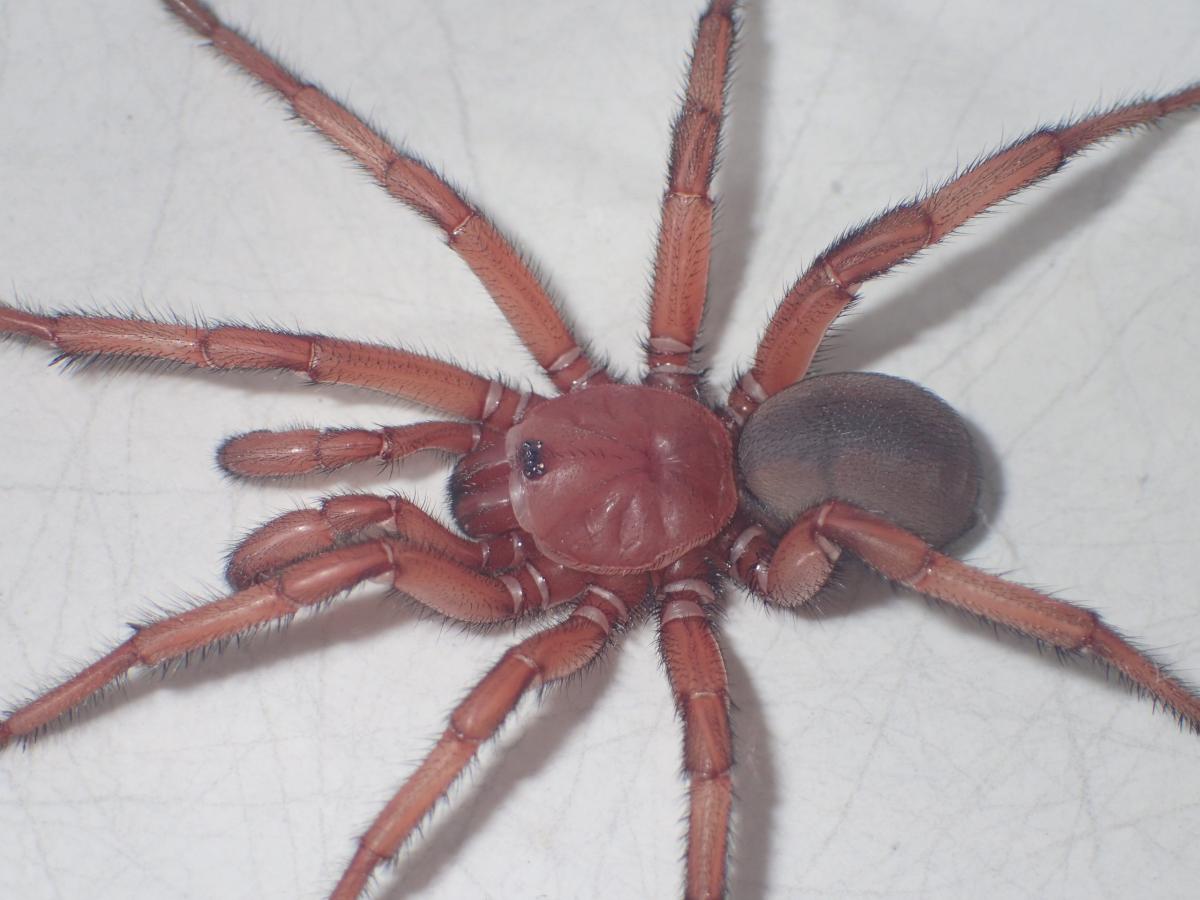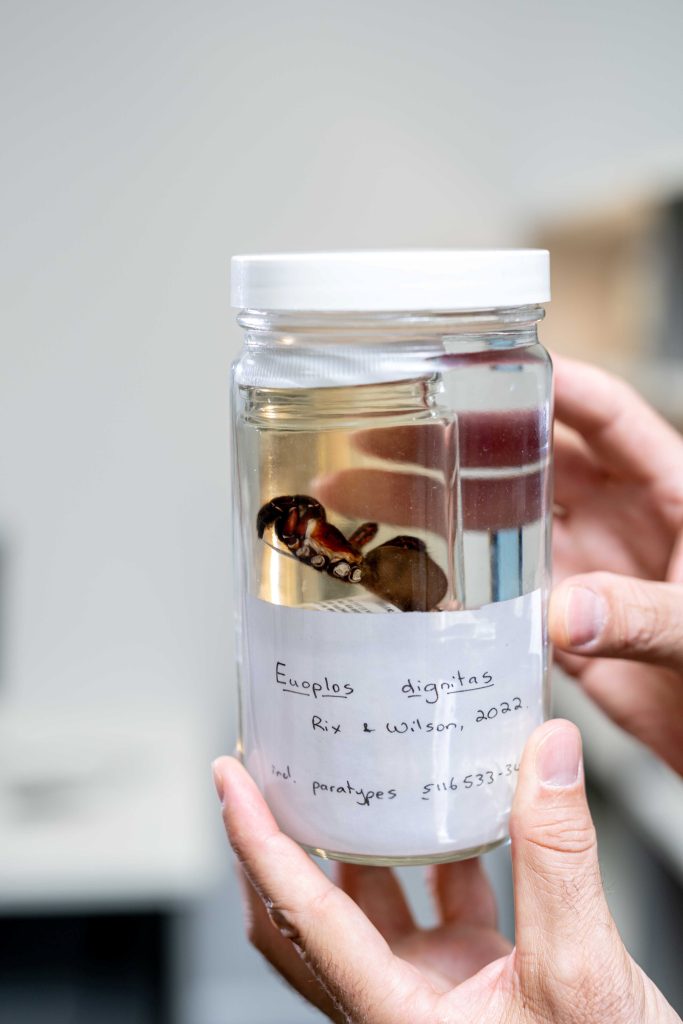Australia Has Discovered Another Giant Spider
<img src=”https://storage.googleapis.com/prod-zenger-storage/image/ac0dc42b-390d-4b2a-88b1-db58351e7091.jpg” alt=”Euoplos Dignitas male spider. Due to the fact that it is only known from a few localities in Central Queensland, close to Eidsvold and Monto, and because a significant percentage of its habitat has been destroyed by land clearing, this species is believed to be endangered. QUEENSLAND MUSEUM/SWNS“>
Those scared of creepy crawlies, look away now. Scientists have discovered a huge new spider in Australia.
The rare and giant species of trapdoor spider is only found in the Brigalow Belt in Central Queensland.
It has been described by Queensland Museum scientists and named Euoplos Dignitas.
Queensland Museum scientists have been undertaking research in the region for the last four years as part of Project DIG, a partnership with BHP and BMA that is transforming how the museum stores, explores and shares its collections and research.
Lead author, Queensland Museum’s Principal Scientist and Curator of Arachnology Dr. Michael Rix said the name of the new species was a nod not only to Project DIG, but to the large size of the spider.

“The name Euoplos Dignitas is derived from the Latin dignitas meaning dignity or greatness and is reflected by the impressive size and nature of the spider and but also a connection to Project DIG, who funded our research,” Rix said.
“This species is known from only a very few locations around Eidsvold and Monto in Central Queensland and has lost much of its habitat to land clearing, which makes it likely to be an endangered species.
“Having support from Project DIG to undertake research projects like this is vitally important in discovering more about Queensland’s biodiversity.”
Euoplos Dignitas is a large trapdoor spider that lives in open woodland habitats and builds its burrows in the black soils of the Central Queensland region.
Minister for the Arts Leeanne Enoch congratulated the scientists for this latest discovery.
“The Queensland Museum Network was recognised in 2022 as a Queensland Great for its important role in sharing Queensland stories with the world,” Minister Enoch said.
“This new spider species is a great example of Queensland Museum’s ground-breaking research.

“The Queensland Government is proud to support the Queensland Museum Network to facilitate rewarding partnerships like Project DIG that lead to new knowledge and give Queenslanders the chance to engage with the wonders of science.”
Queensland Museum Network CEO Dr. Jim Thompson said the work of Project DIG expanded beyond digital project work.
“Project DIG is also helping our museum teams on the ground to unlock knowledge of Queensland’s biodiversity and our collection, and to share digitally with visitors and researchers worldwide,” Thompson said.
“The Brigalow Belt project has seen museum scientists undertake targeted fieldwork to build our collection, document new species, and understand the ecology and conservation status of the species in this region.
Adam Webb, Head of Health, Safety, Environment for BMA said this new spider, would be just one of many legacies from Project DIG.
“BHP/BMA and Queensland Museum have a long-standing partnership and through Project DIG, we are proud to be unlocking the collection for the world,” Adam said.
“It is an honor to have a new spider species named for Project DIG, but more importantly, it’s fantastic to see real outcomes from the research that is being undertaken because of this project.”
The new species was published recently in the Journal of Arachnology.
Produced in association with SWNS Talker
The Western Journal has not reviewed this story prior to publication. Therefore, it may not meet our normal editorial standards. It is provided to our readers as a service from The Western Journal.
Truth and Accuracy
We are committed to truth and accuracy in all of our journalism. Read our editorial standards.











